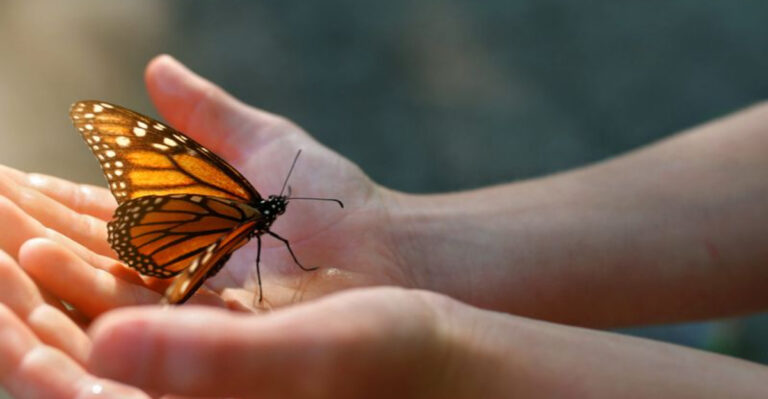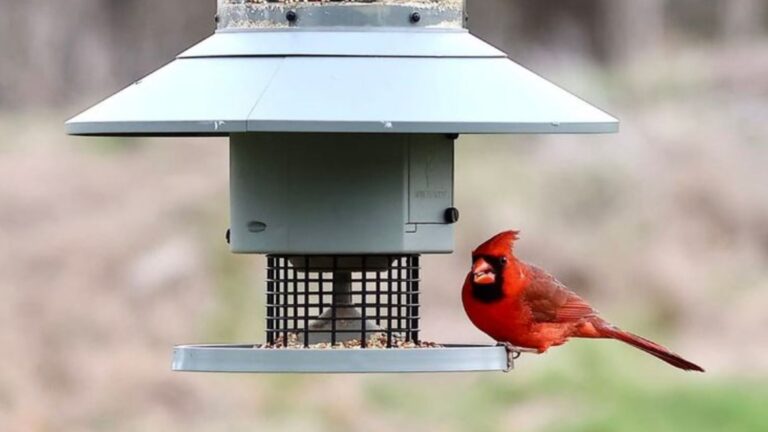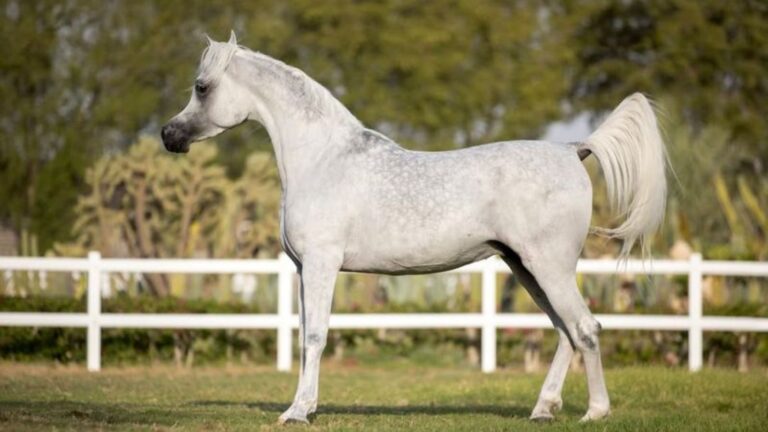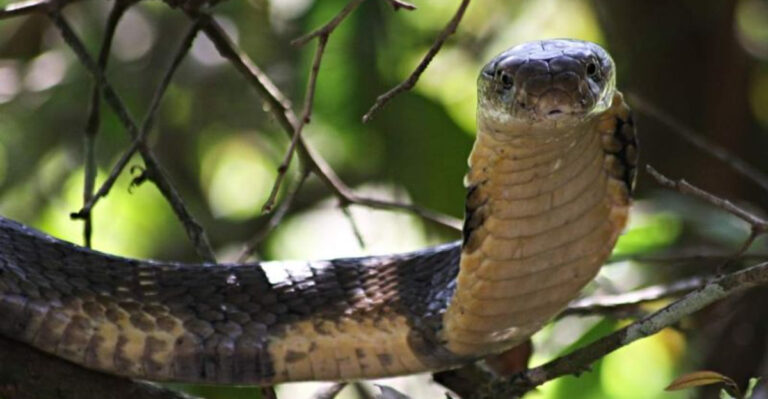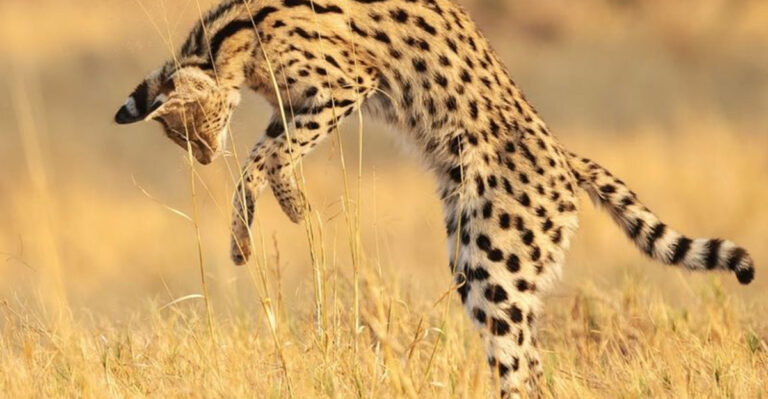Hornet Vs. Wasp: 10 Simple Ways To Tell Them Apart
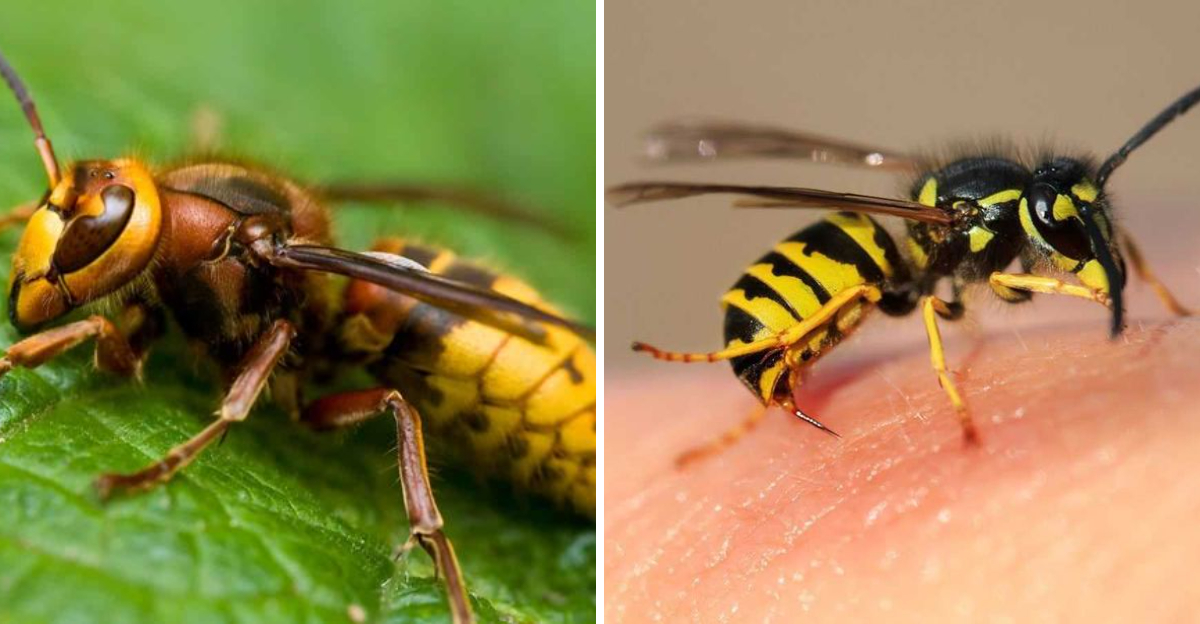
Ever spotted a buzzing insect and wondered if you’re facing a hornet or a wasp? These striped flyers might seem similar at first glance, but they have distinct differences that are actually easy to spot once you know what to look for.
Whether you’re curious or cautious, knowing how to tell these stinging insects apart can help you respond appropriately when you encounter them.
1. Size Difference
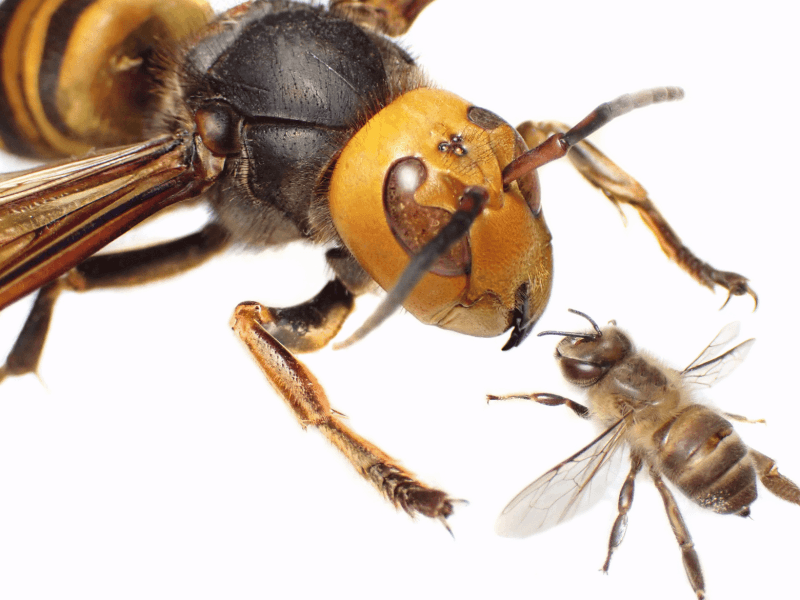
Think of hornets as the heavyweight champions of the wasp world! They typically measure 1-1.5 inches long, making them noticeably bulkier than their slimmer cousins.
Most wasps barely reach an inch in length. This size difference is often your first clue when trying to identify which buzzing insect has come to visit your backyard.
2. Color Codes
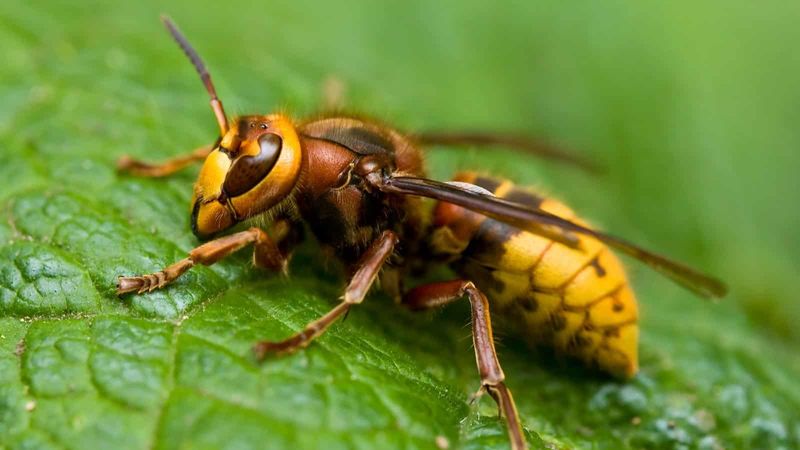
Dressed for different occasions! Hornets typically sport darker outfits with brown or black bodies adorned with creamy white or yellow markings, especially around their faces.
Wasps, fashion-forward in their own right, prefer brighter yellow and black stripes that practically scream “caution!” This vibrant warning coloration helps predators remember to stay away.
3. Body Shape
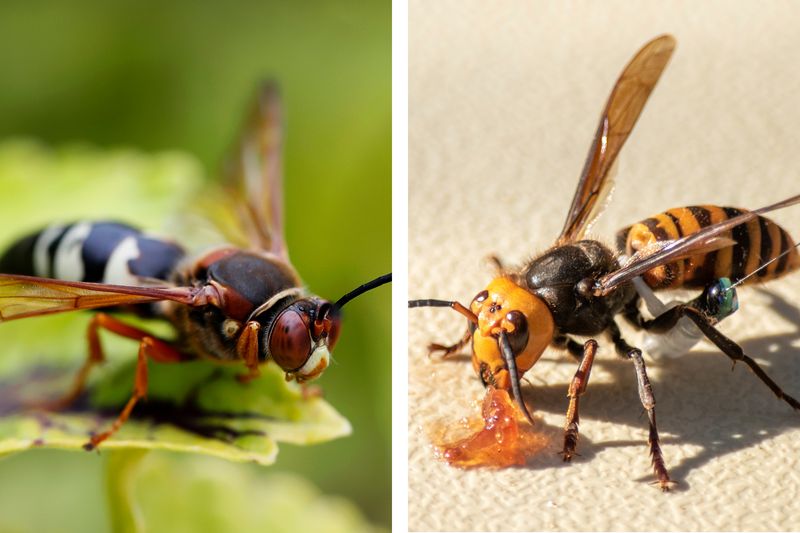
Curves matter in the insect world! Hornets rock a more robust, rounded physique that gives them a bulkier appearance even beyond their larger size.
Wasps, meanwhile, flaunt that dramatic “wasp waist” – a pronounced pinched middle that creates their characteristic hourglass figure. This narrow connection between thorax and abdomen gives them a more streamlined look.
4. Behavior
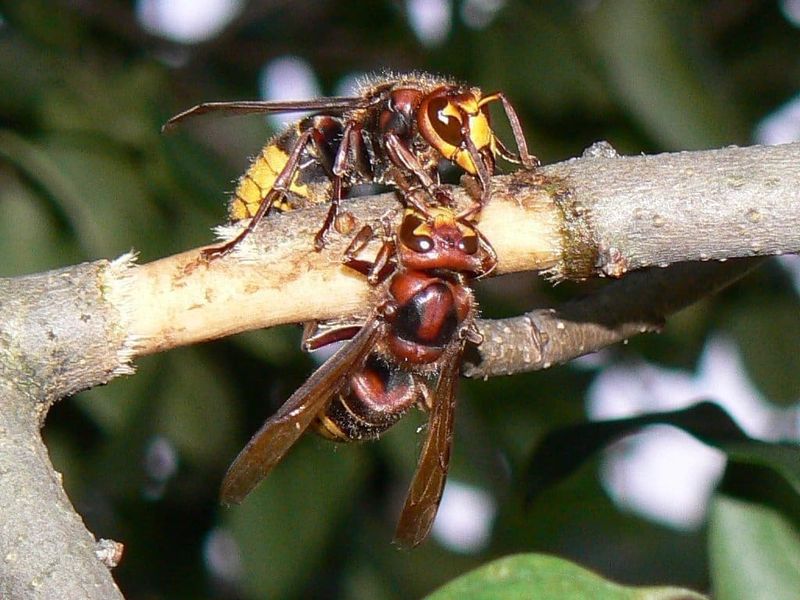
Reputation deserved? Hornets tend to be the more aggressive siblings, especially when their home is threatened. They’ll launch coordinated attacks and pursue threats further from their nest.
Wasps show more restraint, typically minding their business unless directly provoked. While neither insect seeks human confrontation, hornets generally have shorter fuses when it comes to perceived threats.
5. Nest Location
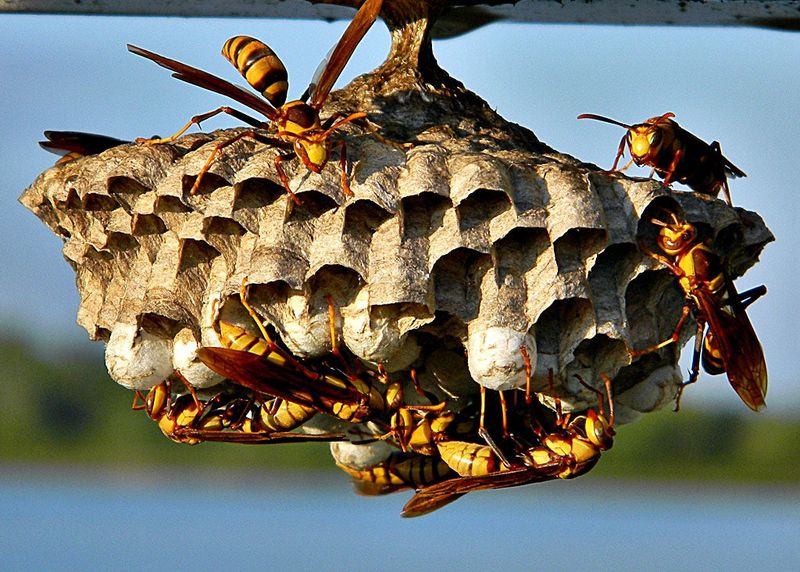
Location scouts with different tastes! Hornets prefer the penthouse life, building nests high in tree branches, under eaves, or in other sheltered spots away from ground traffic.
Wasps aren’t as picky, often setting up home in bushes, on fences, or under porch railings. Some species even nest underground, showing their adaptability to various environments compared to their more selective relatives.
6. Nest Differences
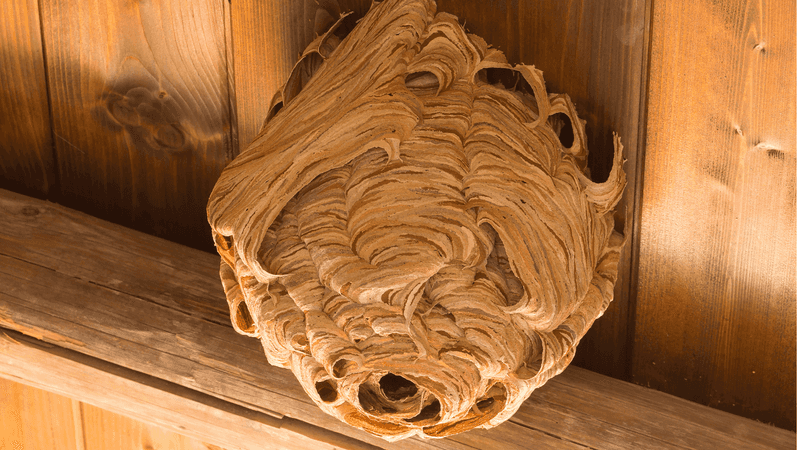
Master builders with different styles! Hornet homes resemble gray paper lanterns – enclosed, rounded structures with a small entrance hole at the bottom. Their engineering creates protective outer walls surrounding the inner combs.
Wasp condos often look like exposed honeycomb, particularly with paper wasps. Their open-concept design lacks the protective outer shell, leaving the hexagonal cells visible to curious onlookers.
7. Flight Patterns
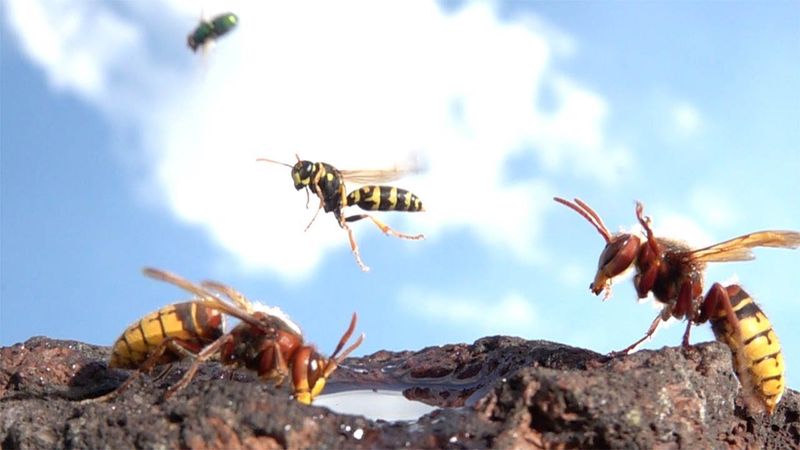
Watch their aerial moves! Hornets fly with purpose – direct, steady paths that get them efficiently from point A to point B. Their flight resembles tiny helicopters with a mission.
Wasps zip around like caffeinated fighter jets, often hovering in place before darting off suddenly. This erratic, unpredictable flight pattern makes them appear more nervous and reactive than their steadier hornet cousins.
8. Dining Habits
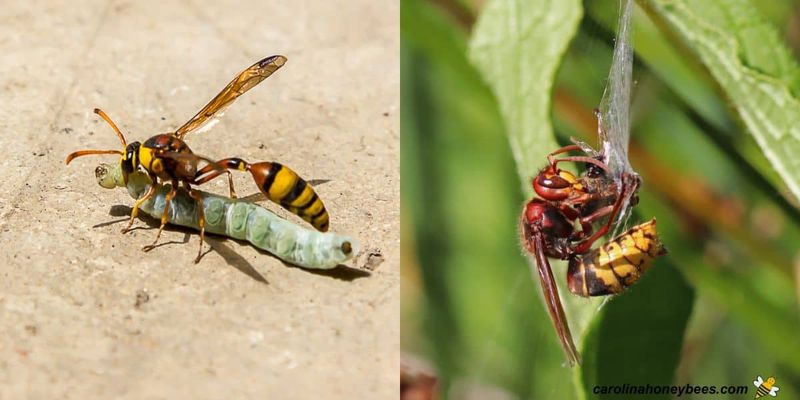
Foodies with different tastes! Hornets are primarily carnivores, hunting other insects – especially flies, bees, and caterpillars – which they chop up to feed their young. They’re the apex predators of the insect world.
Wasps have a sweet tooth alongside their protein cravings. They’re more likely to crash your picnic, attracted to sugary drinks and fruits along with their insect prey.
9. Sting Operation
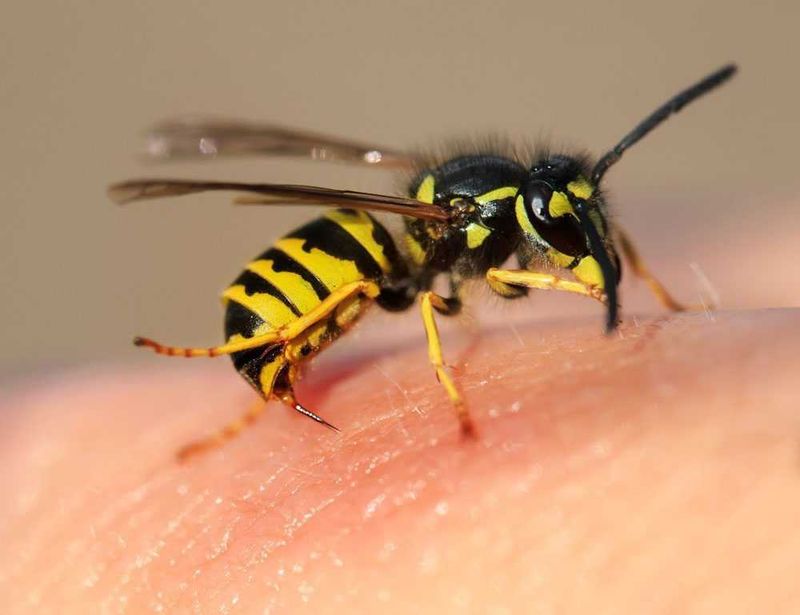
Ouch factor! Hornet stings pack a more powerful punch due to their larger venom sacs and different venom composition. Their stings often cause intense, radiating pain that can last for hours.
Wasp stings, while certainly unpleasant, typically deliver less venom per sting. The trade-off? Wasps can sting repeatedly, while hornets generally sting just once unless severely threatened.
10. Seasonal Staying Power
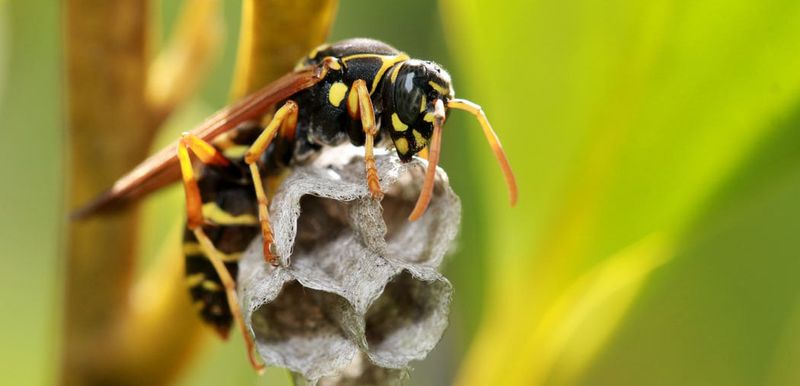
Temporary vs. semi-permanent residents! Most hornet colonies survive just one season, with only the fertilized queens overwintering to start fresh colonies come spring. The impressive nests are abandoned after a single use.
Certain wasp species follow the same pattern, but others might reuse or expand existing nests year after year. This recycling approach gives some wasp colonies a head start each spring.

